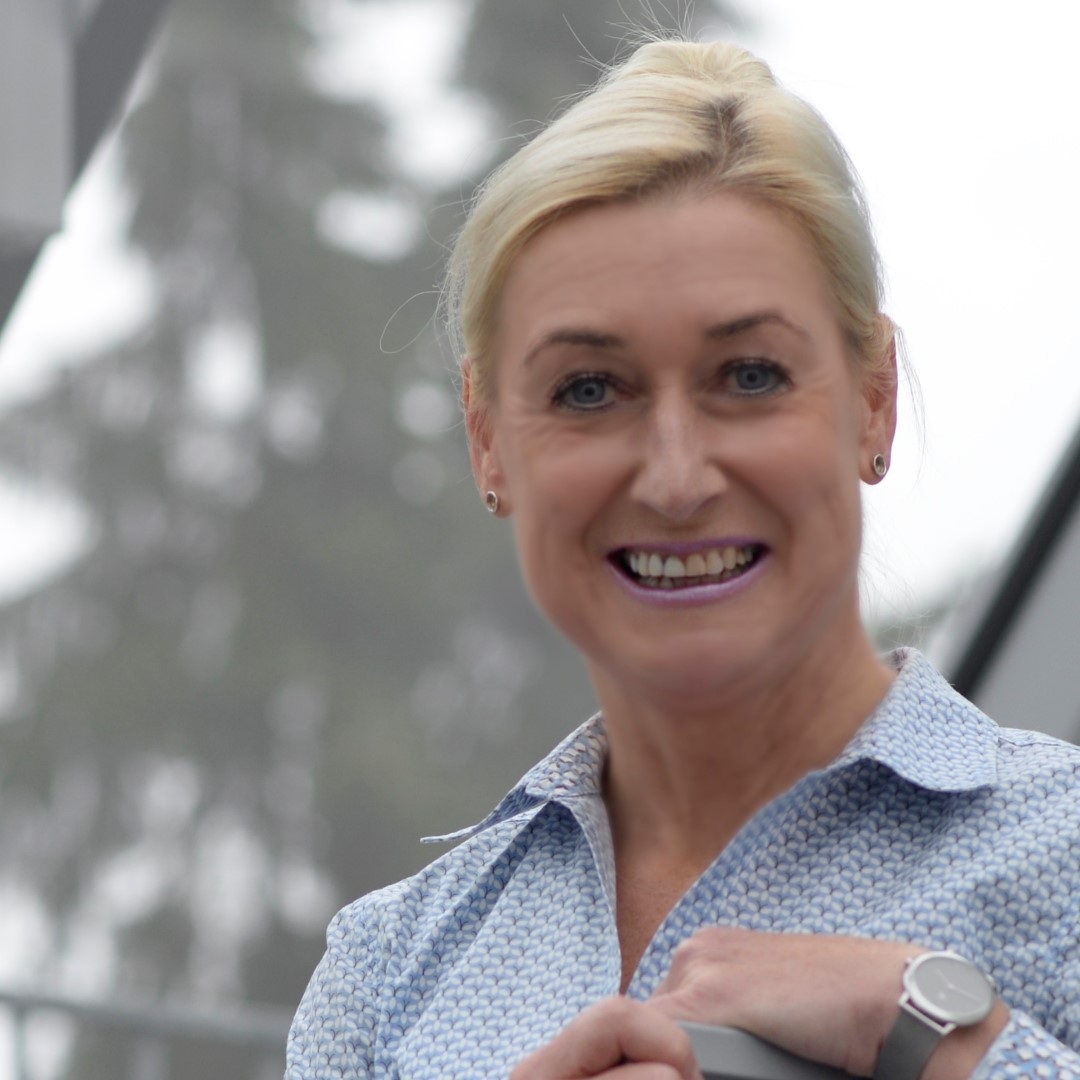Sometimes, a name pops up, and it sparks a bit of curiosity. You might hear "Inge Pettersson," and a question just naturally forms in your mind: Who is this person? What do they do? What kind of impact have they made? It’s a very human reaction, that desire to connect a name with a story, to put a face to the identity. This kind of inquiry, you know, it's almost like trying to figure out the dimensions of something unseen, trying to grasp its full scope without all the pieces right there in front of you.
Thinking about a name like Inge Pettersson, it really makes you consider how we gather details and how we put them together. We live in a time where information is, well, everywhere, but finding the right bits and pieces, the ones that truly define a person or a concept, that can be a bit of a puzzle. It's not always about having a complete picture immediately; sometimes, it’s about understanding the different kinds of information that exist and how they might relate to someone's presence in the world.
So, as we explore the idea of "Inge Pettersson," we're really going to look at how a name acts as a focal point for our quest for knowledge. We'll touch on how various types of data, from very precise measurements to creative expressions, can help us build a general sense of understanding, even when specific biographical details are not readily available. It’s a bit like trying to calculate the volume of something vast and undefined, isn't it? You start with what you know, and you try to imagine the rest.
Table of Contents
- The Essence of a Name and the Quest for Information
- Understanding Scope and Presence Through Data
- The Role of Structured Information in Identification
- Quantifying Impact and the Idea of Volume
- Creative Expression and Personal Representation
- The Dynamic Nature of Information and Discovery
- Frequently Asked Questions About Finding Information
The Essence of a Name and the Quest for Information
When you encounter a name like Inge Pettersson, it’s like being presented with a starting point for a search. You might wonder if this Inge Pettersson is a figure in science, perhaps someone who has contributed to how we calculate the volume of numerous regular shapes with ease using our versatile volume calculator. Or maybe they're involved in the arts, someone with a "phenomenal tone at any volume" in music, perhaps. The possibilities, you know, they really are quite broad, and that's part of what makes the initial inquiry so interesting.
The human mind, it tends to look for connections, for ways to categorize and comprehend. So, when we hear "Inge Pettersson," we naturally start to think about what kind of information might exist about them. Is there a public record? Are they mentioned in academic papers? Could they be someone whose work is referenced in specific fields, like, say, the measurement of space, or perhaps in the design world? It's a bit like trying to find the right formula to understand a complex problem, isn't it?
It's important to remember that without specific context, any discussion about "Inge Pettersson" becomes an exploration of the *idea* of a person's identity in the vast ocean of information. We're not able to provide a biography or personal details about a specific individual named Inge Pettersson here, as that would require actual, verifiable data that is not part of our current information set. Instead, we're considering the general principles of how we approach learning about someone through the lens of available information, using the concept of "Inge Pettersson" as our example.
Understanding Scope and Presence Through Data
Think about how we quantify things in the world. We "calculate the volume of a 3D shape or geometric figure" to understand the amount of space it contains. In a way, when we seek information about a person, we are trying to get a sense of their "volume" or their "space" in the world. How much impact do they have? How far does their influence extend? This isn't about physical space, of course, but about their presence and contributions. You know, it's really about the breadth of their activities.
The phrases we use, like "volume is a measure of how much space an object takes up," can be surprisingly useful metaphors here. If you consider two shoe boxes together, they have twice the volume of a single box, because they take up more space. Similarly, a person's presence might be felt in multiple areas – perhaps in a professional capacity, a community role, or through creative endeavors. Each of these areas adds to their overall "volume" or their perceived significance. It's a way of thinking about their cumulative impact, more or less.
So, when someone searches for "Inge Pettersson," they're often trying to gauge this kind of "volume." They're trying to understand the scope of their activities, the fields they might be associated with, and the kind of contributions they might have made. It’s a very natural human tendency to try and map out the dimensions of someone's life, even if we only have fragmented pieces of information to start with. We try to master the formulas for understanding, even if those formulas are more conceptual than mathematical, actually.
The Role of Structured Information in Identification
In our modern world, a lot of information is structured. We see this with "volume formulas of solid cylinder, hollow cylinder, prism, cone, pyramid, sphere, hemisphere, cube, cuboid, rectangular prism and triangular prism," which are precise ways to quantify space. Similarly, when we think about identifying a person, we often look for structured data points. These could be professional affiliations, published works, or even official records. These structured pieces of information help us to build a clearer picture, bit by bit.
Consider the idea of a business card. You "choose from dozens of online business card template ideas" to create a representation of yourself or your organization. A business card is a very structured piece of information; it contains a name, a title, contact details, and often a logo. It's a compact way to convey who you are and what you do. For someone like Inge Pettersson, if such a card existed, it would offer immediate, structured insights into their professional identity. It helps to define their specific "space" in the professional world, you know, very clearly.
The ability to "create online business cards that will impress" speaks to the intentionality behind presenting oneself. It’s not just about having information, but about how that information is organized and presented. This applies to how we learn about others too. When we search for "Inge Pettersson," we hope to find well-organized, reliable sources that present their story or contributions in a clear, understandable way. This structured approach to information is quite important for accurate understanding, basically.
Quantifying Impact and the Idea of Volume
The concept of "volume" isn't just for physical objects; it can be a way to think about influence or significance. For instance, in "the sandman' season 2 volume 1 follows dream’s journey across realms," the term "volume" refers to a segment of a larger narrative, a defined portion of a story. Similarly, a person's life and contributions can be seen as having different "volumes" or chapters, each with its own weight and significance. This is a very interesting way to look at it, isn't it?
When we talk about "calculating the volume of 3D shapes, including a cube, prism, cylinder, cone, pyramid, capsule, and cap," we're engaging in a process of precise measurement. In a more abstract sense, when trying to understand the impact of someone like Inge Pettersson, we might look for measurable achievements or contributions. Perhaps they authored a significant paper, developed a new process, or led a notable project. These are ways of "quantifying" their impact, even if it's not with cubic meters. It's a way to measure their footprint, you know.
The idea that "this free volume calculator computes the volumes of common shapes" suggests that tools exist to help us quantify things. While there isn't a "person impact calculator," the principle remains: we look for data points that allow us to gauge significance. This could be the number of projects completed, the reach of their ideas, or the number of people they've influenced. It's all about trying to grasp the "amount of space" they occupy in a particular field or community, virtually speaking.
Creative Expression and Personal Representation
Beyond the purely quantitative, there's the qualitative aspect of understanding a person. Just as "Fender’s american vintage ’62 super revives a “hidden treasure” tube amp that bridged the gap between two legendary combo designs," a person's creative output or unique style can be a profound indicator of who they are. If Inge Pettersson is an artist, a designer, or a musician, their work would speak volumes, so to speak, about their character and vision. It's a different kind of measurement, one based on impact and resonance.
The process of creating something, whether it's a piece of art or even a business card, involves personal expression. "Design your own professional business card with free templates from adobe express" highlights how individuals can shape their own public image. This creative control over how one is perceived is a powerful thing. For someone like Inge Pettersson, their public persona, whether crafted intentionally or simply observed through their actions, contributes significantly to how they are understood. It’s about the unique "tone" they bring to their field, you know.
We often look for these unique touches when trying to get a sense of a person. "Explore a selection of professional, creative, and impressive business card designs" points to the variety of ways people present themselves. These creative expressions, even in something as seemingly mundane as a business card, can offer clues about a person's approach, their values, and their aesthetic. They are, in a way, another form of "volume" – the volume of their creative output and its resonance in the world, more or less.
The Dynamic Nature of Information and Discovery
The quest to understand someone like Inge Pettersson is an ongoing process, much like how our understanding of scientific concepts evolves. We "learn about volume units, get examples, and see how volume differs from mass or capacity," continually refining our knowledge. Information about people, too, is rarely static. New achievements happen, new connections are made, and public profiles change over time. It's a rather fluid situation, you know.
The idea of "volumes given for lakes shared with" implies that information can be interconnected and shared across different entities or domains. Similarly, information about a person might be scattered across various sources – professional networks, community groups, news archives, or academic databases. Piecing these together requires a systematic approach, much like how one might "learn how to calculate a volume using a volume calculator, formulas, volume examples, and a free worksheet." It's about gathering all the necessary data points.
Ultimately, the search for "Inge Pettersson" becomes a metaphor for the broader human endeavor of seeking and synthesizing information. It’s about recognizing that every name, every concept, every piece of data, holds a potential story or a specific value. And understanding that value, whether it's the volume of a sphere or the creative impact of an individual, involves a continuous process of inquiry, analysis, and connection. It’s a very dynamic pursuit, actually, always changing and growing.
Frequently Asked Questions About Finding Information
Who is Inge Pettersson?
Without specific context, "Inge Pettersson" refers to a name that can represent any individual. To find out who a specific Inge Pettersson is, you would typically need more details, such as their profession, location, or any notable achievements. It's a common approach to begin with a name and then seek out additional identifying information to narrow down the search, you know.
How can one learn about someone named Inge Pettersson?
Learning about someone named Inge Pettersson involves using various search methods. You might start with a general internet search, looking for public profiles, news articles, or professional listings. If you have a specific field in mind, like science or design, you could search within databases or publications related to those areas. It's a bit like trying to "calculate the volume" of available information to find the most relevant pieces, more or less.
What fields might an Inge Pettersson be involved in?
An individual named Inge Pettersson could be involved in a wide array of fields, just like anyone else. Given the diverse nature of human endeavors, they might be in science, engineering, the arts, business, or community work. Without specific details, it’s impossible to say for sure, but the possibilities are quite extensive, from someone who might "master the formulas for the volume measurement of different solids" to someone who helps "create online business cards that will impress."
Learn more about data processing and information retrieval on our site, and link to this page exploring the dimensions of knowledge.
For further general information on names and their origins, you could explore resources like Wikipedia's page on Given Names. This helps put the idea of a name into a broader context, you know, quite nicely.



